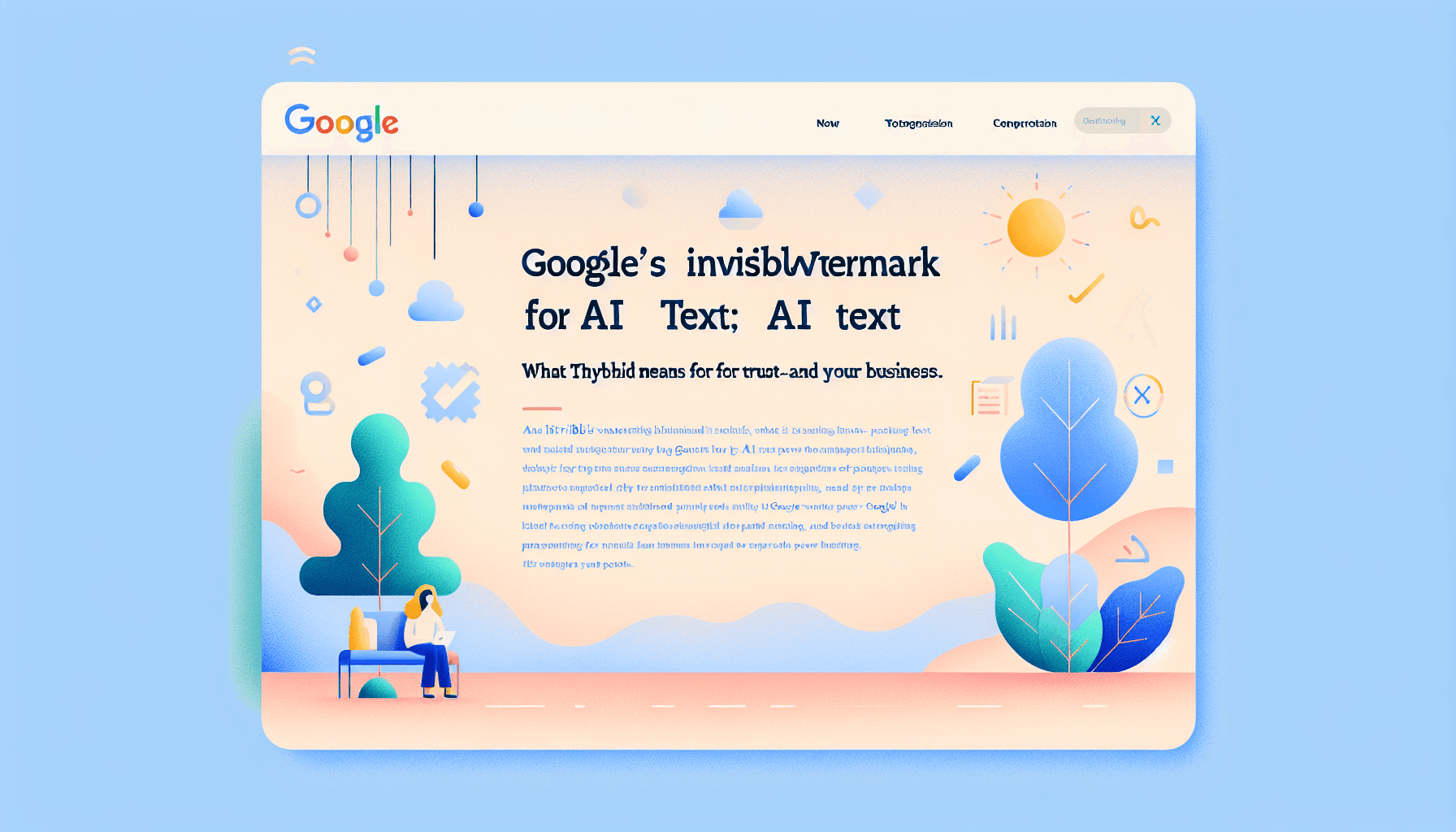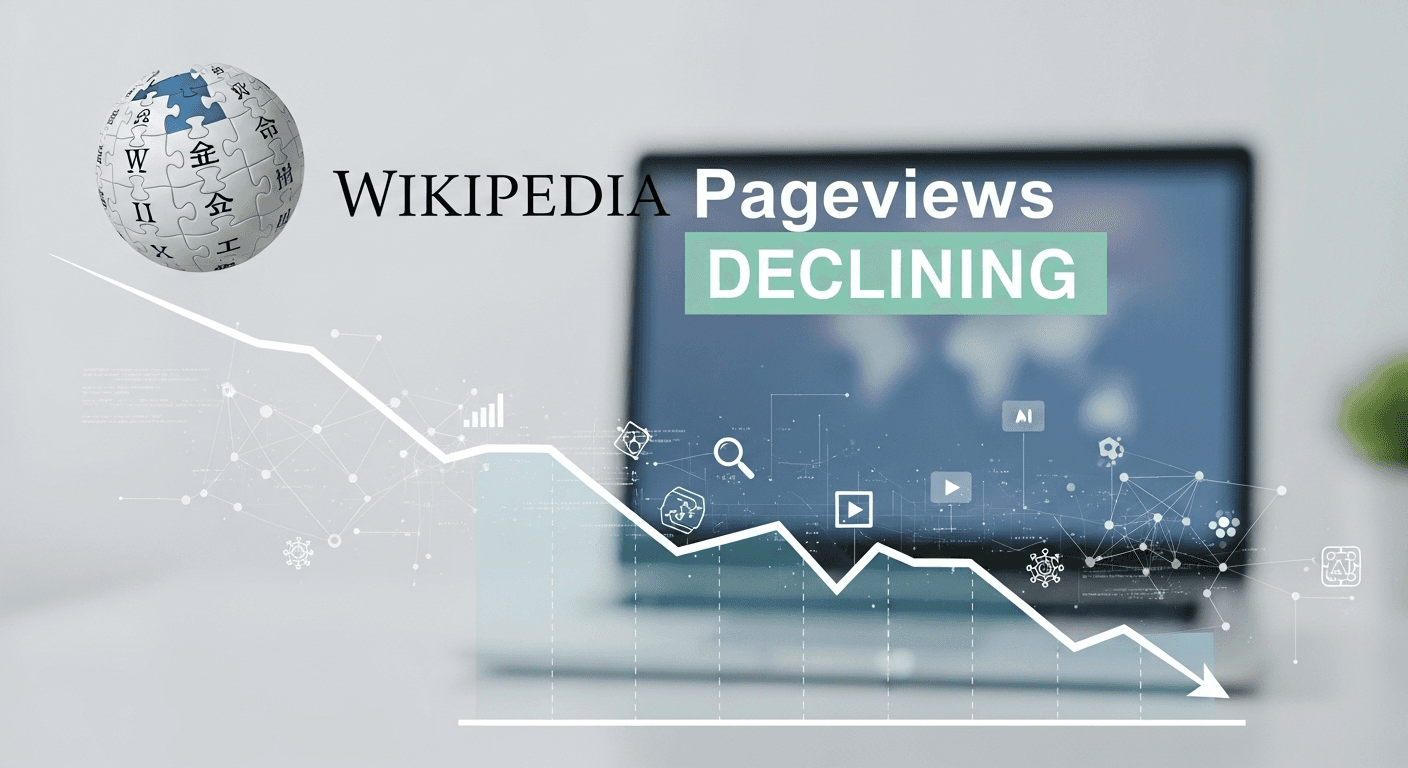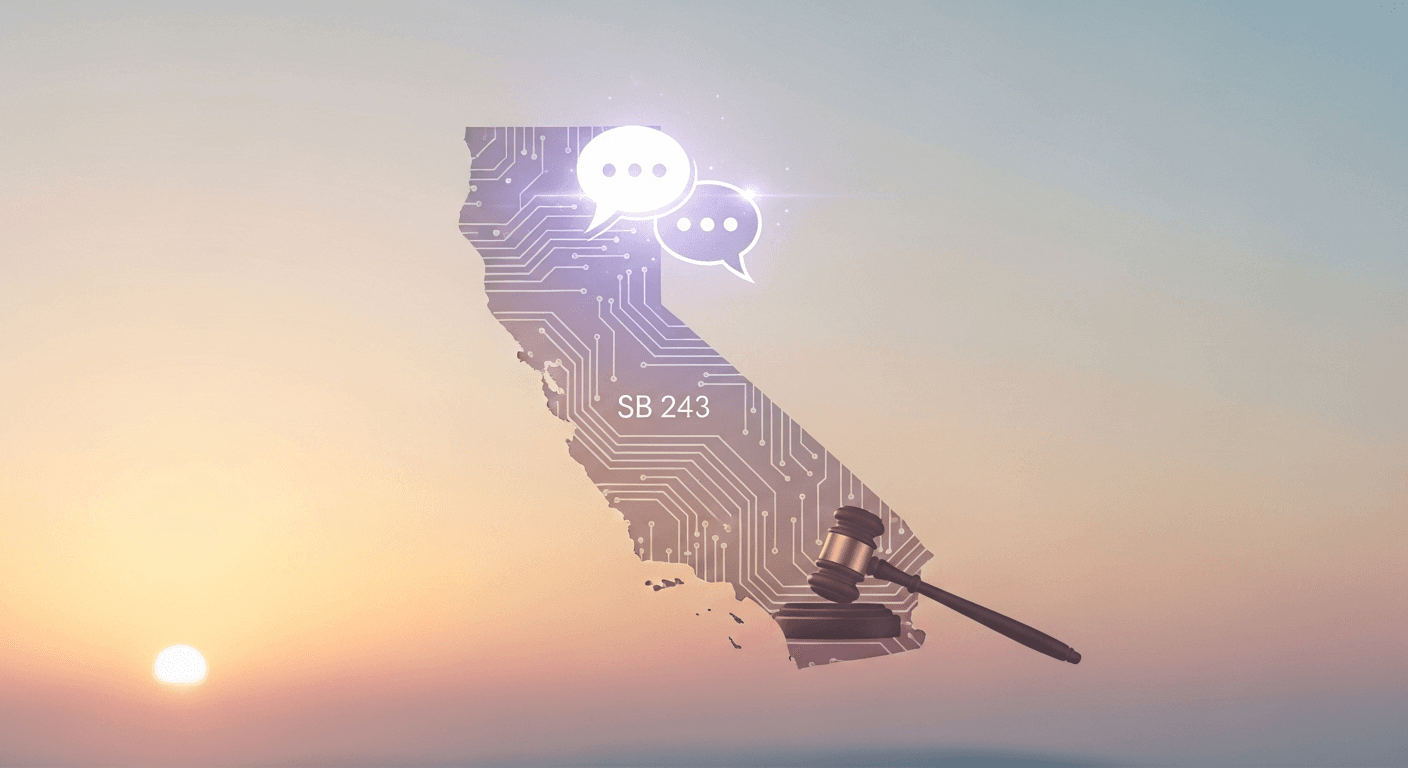Google’s Invisible Watermark for AI Text: What SynthID Means for Trust—and Your Business

AI-generated text is exploding across marketing, customer support, and newsrooms. That scale brings a tough question: how do we know what was written by a human versus a model—and how can we prove it later? Google’s answer is a new, “invisible” watermark for AI text, part of its SynthID suite. Here’s what it is, why it matters, and how to prepare.
What happened—and why it matters
Google DeepMind has introduced an invisible watermark for AI-generated text, extending its SynthID technology beyond images and audio. Reported by Nature, the approach embeds a subtle statistical signal into model outputs so that a detector can later estimate whether a piece of text likely came from a watermarked model. The watermark is not visible to readers and aims to survive light edits such as small rewrites or formatting changes. Coverage in Nature frames it as a major step for content authenticity.
Why it matters: as organizations deploy generative AI at scale, they face rising pressure to label synthetic content, preserve provenance, and meet regulatory expectations. A reliable watermark could help teams answer the “who wrote this?” question—without harming the reading experience.
First, what is a text watermark?
Unlike image watermarks (a logo overlay or pixel-level signal), text watermarks are patterns hidden in word choices and phrasing, produced during generation. You can’t “see” the watermark, but a detector with the right key can test whether the text likely came from a watermarked model.
The idea in plain English
- When the model is generating text, it slightly nudges which synonyms or phrases it picks so that, over many words, a subtle pattern emerges.
- That pattern encodes a watermark signal—statistical, not semantic.
- A detector uses a secret key to look for the pattern and estimate the likelihood the text is watermarked.
This concept has been explored in academic work such as “A Watermark for Large Language Models” (Kirchenbauer et al.), which shows how generation-time nudges can create signals detectable later.
How Google’s SynthID for text works (at a high level)
DeepMind hasn’t open-sourced every detail, but the approach aligns with the broader SynthID strategy: embed provenance signals at the point of creation, then provide a detector that estimates whether the content contains that signal. For text, that means lightly steering token (word) selection to encode bits of information.
Important characteristics to understand:
- Invisible to readers: The signal aims to preserve fluency and tone.
- Model-side: The watermark is added during generation, not after.
- Probabilistic detection: Detectors return likelihoods, not certainties.
- Resilience goal: Designed to survive minor edits, but not guaranteed against heavy paraphrasing.
SynthID already supports images and audio in Google’s ecosystem; extending it to text is part of a broader content authenticity push. See the overview at DeepMind’s SynthID page for the suite’s direction.
What a watermark can—and can’t—do
Strengths
- Provenance at scale: If your organization uses a watermarked model by default, you can later verify content origin across thousands of assets.
- Light-edit robustness: Minor edits, formatting changes, or shortened snippets may still retain detectable signal.
- Low user friction: No visible marks or extra steps for writers and readers.
Limitations
- Not universal: Watermarks only exist if the generating model adds them. Text from non-watermarking models won’t carry the signal.
- Paraphrasing risk: Heavy rewriting, translation, or summarization can weaken or remove the signal. Research consistently finds fragility under strong edits. See DetectGPT and related analyses for detection challenges.
- False positives/negatives: Detection is probabilistic. Scores should inform workflows—not punitive decisions about individuals.
- Open-ecosystem gaps: Open-source or foreign models without watermarking will not be flagged by a proprietary detector.
Even leading labs acknowledge tough trade-offs. OpenAI, for example, discontinued its AI text classifier in 2023 due to limited accuracy, and shifted focus toward provenance approaches and research. Watermarking is promising, but it’s not a silver bullet.
Watermarking vs. metadata provenance: what’s the difference?
Two complementary approaches are emerging:
- Watermarking (content-embedded): Puts a statistical signal directly into the text during generation. Survives some edits; does not rely on metadata surviving copy/paste.
- Provenance via metadata (supply chain): Records who/what created or edited a file using standards like C2PA. Strong for images and video; for text, it typically requires managing documents or platforms that retain metadata.
In practice, organizations will need both: watermarking to test raw text when metadata is lost, and provenance metadata to show a signed, auditable trail when files remain intact.
Regulation and policy: what’s changing
Policy momentum is real and growing:
- EU AI Act: Requires transparency for synthetic media (for example, labeling AI-generated or manipulated content) and encourages providers to adopt measures that help identify AI outputs. See the European Commission’s overview of the AI Act.
- US Executive Order on AI: Directs agencies and standards bodies to advance content authentication and provenance. Read the White House’s Executive Order.
Watermarking aligns with these trends by enabling verifiable disclosure without relying solely on voluntary labeling by users.
What this means for your organization
Whether you lead marketing, product, or compliance, here’s how to turn the news into action.
1) Establish a provenance strategy—now
- Adopt a default: content generated via enterprise AI should be watermarked where available.
- Complement with provenance metadata (e.g., C2PA) for assets that move as files (images, PDFs, videos).
- Create a retention policy: keep signed originals in a tamper-evident store, even if you publish stripped versions.
2) Ask your vendors the right questions
- Do your text models support watermarking during generation? Which ones and in what modes?
- How do we access detection tooling (API, dashboard)? What are the accuracy metrics and caveats?
- What happens to the watermark after summarization, translation, or paraphrasing?
- Can we combine watermarks with C2PA signatures for a layered approach?
3) Design policies that reflect probabilistic detection
- Set thresholds and escalation paths: e.g., when likelihood is high, route for review; don’t auto-penalize people.
- Use multiple signals: logs of generation activity, platform metadata, and human review—not a single detector score.
- Disclose responsibly: label AI-assisted content where appropriate to maintain trust with customers.
4) Train teams and update workflows
- Educate editors and managers about what detectors can and can’t do.
- Build a “chain-of-custody” mindset: preserve originals, track edits, avoid copy/paste pathways that strip metadata when possible.
- Document exceptions and manual edits to reduce confusion later.
How robust is text watermarking, really?
Academic results show promise—and limits. The original LLM watermark approach by Kirchenbauer et al. demonstrates that you can bias token choices in a way that a detector can pick up later, with controllable trade-offs between text quality and detectability. But the same body of research and follow-ons also demonstrates that determined attackers or strong transformations (e.g., paraphrasing pipelines) can significantly weaken detection.
Even non-adversarial actions like heavy editing, summarizing, or translating can dilute a watermark. Meanwhile, detectors on unwatermarked models rely on heuristics (like DetectGPT’s curvature test), which can misclassify. That’s why leading institutions caution against using detectors as sole evidence in high-stakes contexts. See DetectGPT and OpenAI’s classifier update for context.
Use cases where a watermark helps
- Newsrooms and publishers: Verify whether a draft originated from a watermarked internal tool; label AI-assisted sections; audit vendor-supplied copy.
- Education and training: Encourage disclosure and use watermarks to validate submissions from institution-provided tools—while avoiding punitive use of standalone detectors.
- Marketplaces and platforms: Flag listings or reviews likely generated by a platform-sanctioned model for further checks; combine with account reputation signals.
- Enterprise content ops: Track AI-assisted documentation, knowledge base articles, and customer emails for compliance audits.
What this doesn’t solve
- Bad actors with non-watermarked models: They can generate text without the signal.
- Deliberate paraphrasing: Attackers can use rewriters to wash out the watermark.
- Attribution of ideas: A watermark can suggest origin, not authorship intent or intellectual ownership.
Practical checklist for leaders
- Inventory where AI text is produced across your org (marketing, support, product, HR).
- Default to watermarked generation for in-house tools where possible.
- Add provenance metadata (C2PA) to files when practical.
- Stand up a detection workflow: thresholds, review paths, and documentation.
- Train teams on responsible disclosure and the limits of detection.
- Review legal and regulatory obligations in your markets (EU AI Act, sector rules).
- Measure impact and iterate: track false positives/negatives and adjust thresholds.
For the curious: a quick technical peek
Most text watermarking schemes seed a pseudorandom process with a secret key to partition the vocabulary at each step (e.g., “green” and “red” token sets). The generator slightly prefers the green set, encoding bits over time without noticeable quality loss. The detector, given the same key, tests how many tokens fall into the green set and computes a likelihood score. See Kirchenbauer et al. for a primer.
Getting started
Plan for a layered approach. Combine watermarked generation where available, provenance metadata via standards like C2PA, and clear user-facing labels. If you need a practical, hands-on starting point for tooling and workflows, explore resources at AI Developer Code.
Conclusion
Google’s invisible watermark for AI text is a meaningful step toward trustworthy AI at scale. It won’t eliminate misuse or perfectly attribute every sentence, but it gives organizations a practical lever: embed verifiability at the moment of creation. Treat detection scores as decision support, not verdicts; pair watermarking with provenance metadata; and build transparent policies your customers (and regulators) will respect.
FAQs
Is Google’s text watermark visible to readers?
No. It’s an invisible, statistical signal in word choices. Only a detector with the right key can estimate whether it’s present.
Will paraphrasing defeat the watermark?
Heavy paraphrasing, translation, or summarization can weaken or remove the signal. Expect better resilience to light edits than to strong rewrites.
Can this detect AI text from any model?
No. Watermarks appear only when a model adds them during generation. Content from non-watermarking models won’t be flagged by a proprietary watermark detector.
Is this required by law?
Regulations like the EU AI Act push for transparency around synthetic content, but specific technical requirements vary. Watermarking helps demonstrate good-faith provenance practices.
Should we use watermark detectors to discipline students or employees?
Not on their own. Detection is probabilistic. Use it as one input among many (logs, drafts, interviews), and favor education and clear policies over punishment.
Sources
- Nature coverage: Google unveils invisible watermark for AI-generated text
- Google DeepMind: SynthID overview
- Kirchenbauer et al. (2023): A Watermark for Large Language Models
- Mitchell et al. (2023): DetectGPT
- OpenAI: Update on AI text classifier and detection limitations
- Coalition for Content Provenance and Authenticity (C2PA)
- European Commission: EU AI Act (overview)
- White House: US Executive Order on AI (2023)
Thank You for Reading this Blog and See You Soon! 🙏 👋
Let's connect 🚀
Latest Blogs
Read My Latest Blogs about AI

Why Wikipedia’s Pageviews Are Declining: The Role of AI Search and Social Video
Wikipedia reports an 8% decline in human pageviews as AI search summaries and social video shape how people seek information. Here’s what the data reveals and why it matters.
Read more


